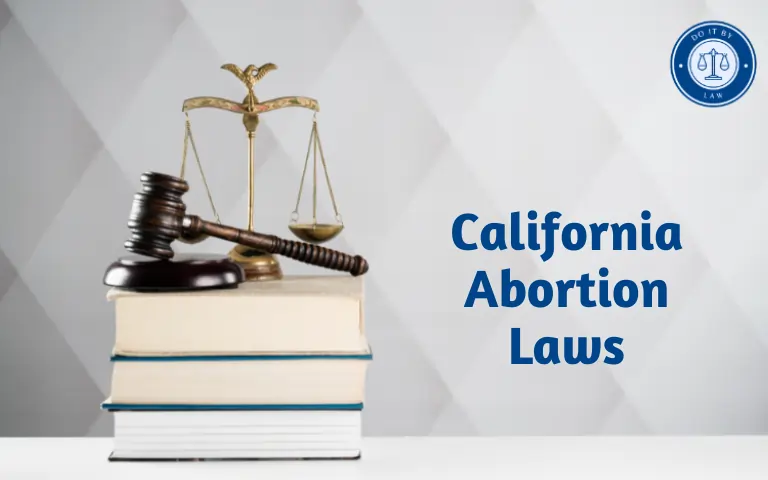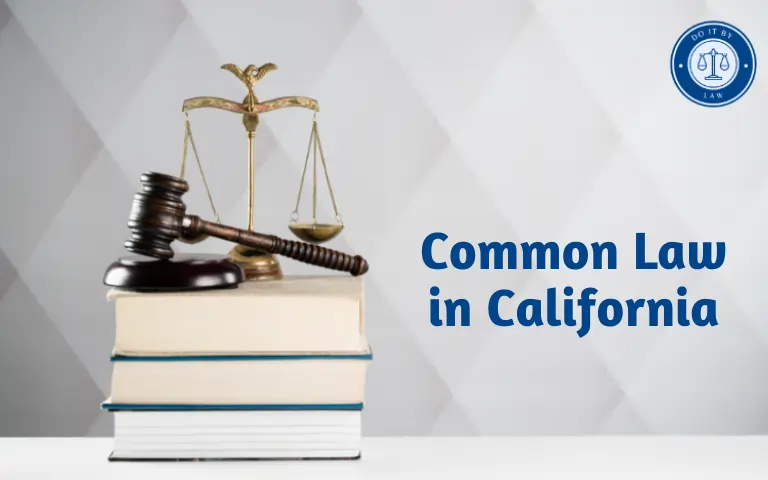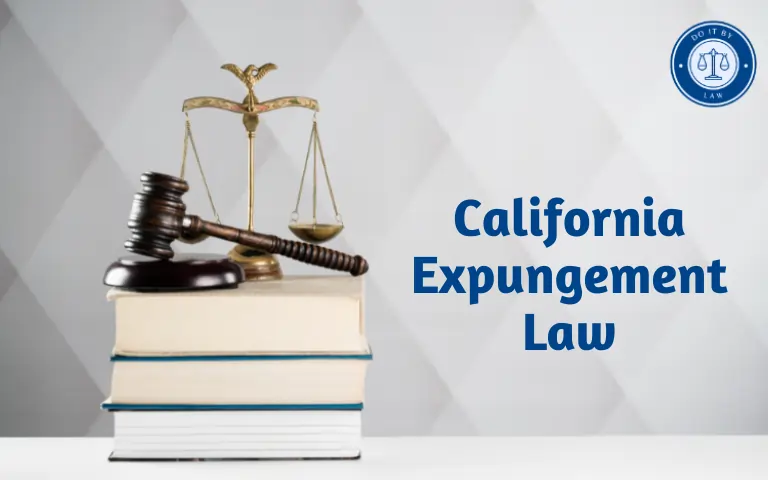California Abortion Laws: What You Need to Know
In a nation divided over reproductive rights, California Abortion Laws access in liberal California stands apart. Yet recent proposals still trigger endless squabbling between progressives and conservatives within state lines. This guide covers key context around history, regulations, changes and debates still raging.
When Did California Abortion Laws Take Shape in California?
Compared to many states, California moved relatively quickly to advance abortion access after regulations began tightening across the 1960s. Early momentum carried the state to the forefront of protections before opposition forces regrouped nationally.
- 1967: Limited therapeutic abortion was legalized in California before Roe nationalized access
- 1981: Medi-Cal begins covering abortions for low-income residents
So while abortion always ignites heated disputes, the winds generally blew favorably here for reproductive choice advocates over the late 20th century. But political will can shift rapidly on this single issue that reliably incenses voters across divides.
Who Do California Abortion Laws Apply To?
California’s abortion statutes allow the procedure for any pregnant patient through viability, typically considered 24 weeks. That exceeds most other state limits even before Roe protections evaporated in 2022.
Residency is not required for abortion services in California. So while providers deny out-of-state patients are overburdening the system, some critics see the state as a sanctuary destination. Yet fraught moral arguments around humans deemed “equal” at conception still consume public forums.
Key Provisions Around Abortion Access in California
Broadly, abortion remains accessible across California to both residents and visitors. Larger metropolitan regions offer more clinics and options for surgical procedures or medication abortions. Recent and proposed legislation looks to strengthen both infrastructure and privacy protections.
Here are some key regulations shaping abortion access in the state:
- No restrictions through fetal viability (24 weeks typically)
- Parental notification not required for minors
- Public colleges offer medication abortions
- State insurance covers abortion services
- Recent laws limit prosecutions for miscarriages
- Confidentiality restrictions on medical providers
So the nation’s most populous state also sustains the largest abortion infrastructure amidst turmoil elsewhere. But costs, wait times and outside perceptions bring increasing demands to expand capacity. Still, nothing galvanizes opponents of reproductive choice quite like California’s progressive legislative bent.
Penalties Around Violating California Abortion Laws
With abortion fully legal in California before viability, no penalties exist for patients choosing abortion or doctors ethically performing them. However, regulations still dictate who can provide services at each stage of pregnancy and via what methods. Negligence or deceitful acts by physicians may prompt investigation:
- Second/Third-trimester surgical abortions require hospitalization
- Medication abortions restricted to 10 weeks gestation
- Physicians can lose licensure if they violate protocols
Additionally, intimidation tactics outside clinics prompt clashes with law enforcement over free speech limitations. But inside clinical spaces, the practice remains an accessible, constitutionally protected right statewide.
Changes and Proposed Legislation on Abortion
Since Roe protections vanished in 2022, California fast-tracked bills to become an abortion “sanctuary”. Legislators expect patients traveling from other states to lack reproductive healthcare access. Current and future proposals aim to:
- Build infrastructure and workforce capacity
- Welcome out-of-state abortion seekers
- Fund patient travel/lodging support
- Pass constitutional amendment enshrining rights
- Limit prosecutions for pregnancy loss
- Strengthen confidentiality protections
So while abortion access looks secure based on recent laws, California pivots to expand offerings as demand increases. Yet some local limits proposed by conservative towns and cities seem destined for strident legal fights in coming years.
Controversies Around California Abortion Laws Rights
Few issues generate more righteous vigor or toxic discourse than abortion – apparent even in California’s relatively progressive political climate. Yet triggered conservatives still cry murder as the state appears welcoming to those crossing borders that outlaw reproductive choice back home.
Debates rage around nuances like these:
- Parental consent exemptions still spark concerns
- Viability timelines set by physicians questioned
- Religious NHS refusing abortion care continues
- Scope of practice for non-physicians considered
- Funding adequacy given economic barriers
So while Californians generally approve of abortion access, opponents tapping into moral outrage retain influence. Lawmakers walk an endless tightrope balancing human needs with calls for ethical self-restraint viscerally rooted.
Conclusion
For a half-century, California legally upheld abortion rights even as the winds shifted amid the fractious national mood. But the conservative Supreme Court gutting Roe protections now triggers a new reckoning over reproductive autonomy state by state across America.
Yet this complex calculus around preparedness and opportunity will forge ahead in the Golden State. Undoubtedly lawsuits, protests, and electioneering lie ahead. But a future without accessible abortion care remains unfathomable to many Californians at this precarious crossroads.







